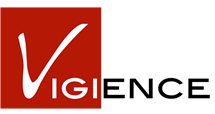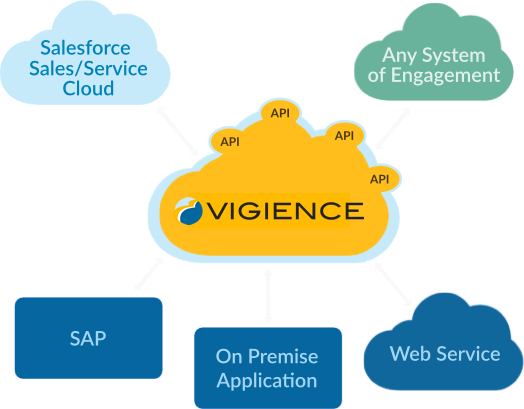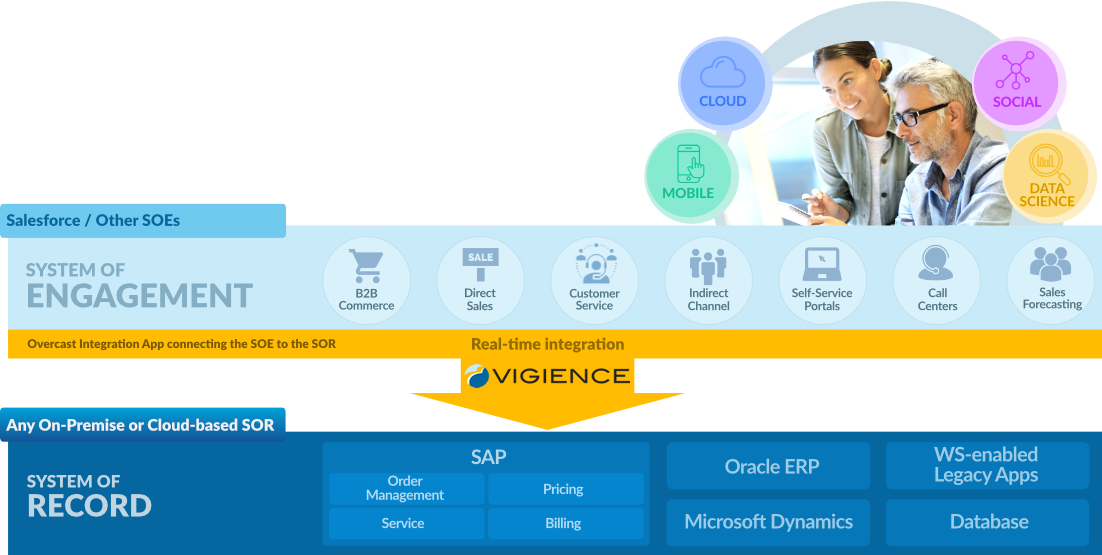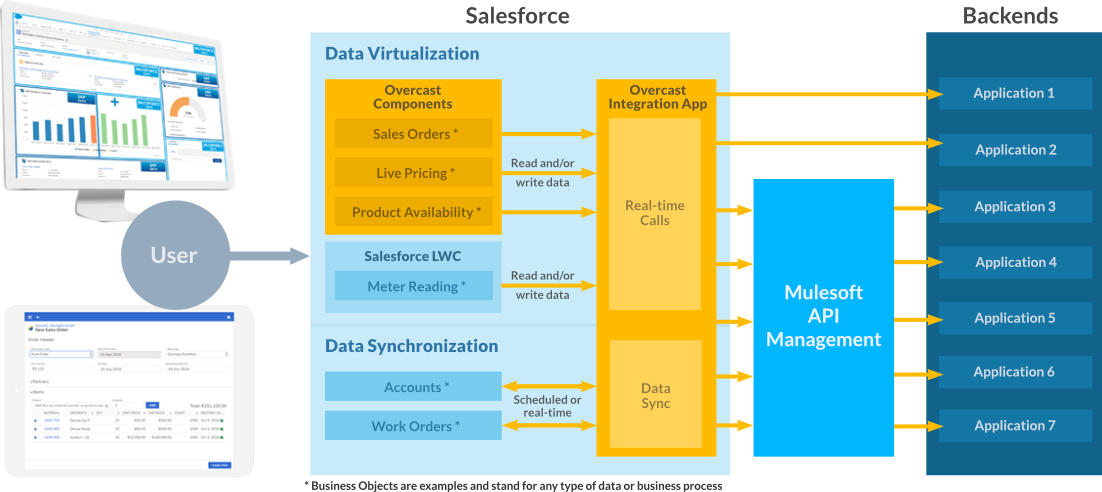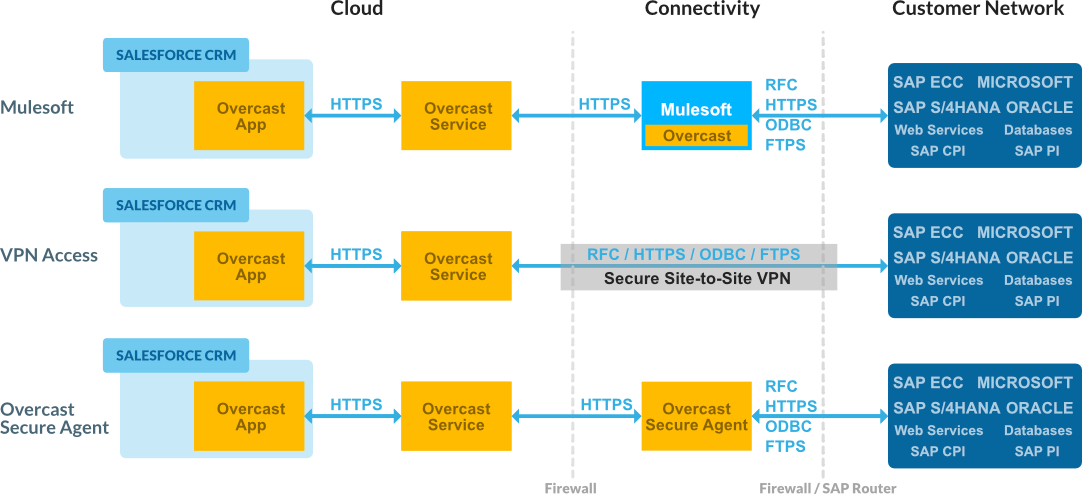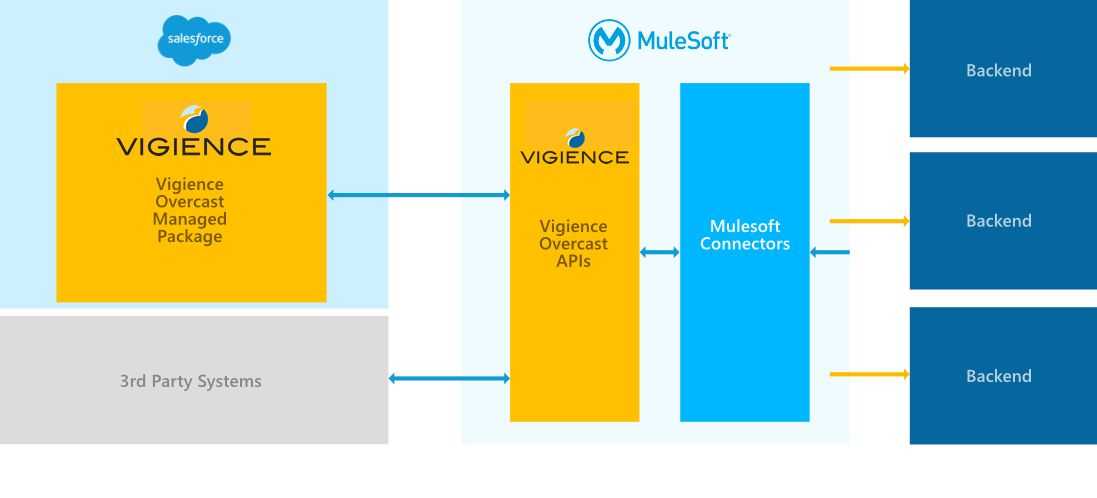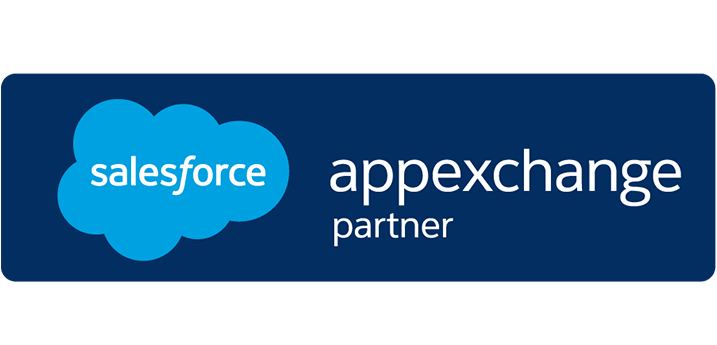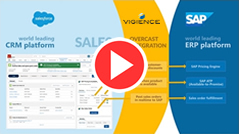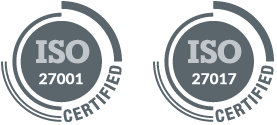We use SAP – what does that mean for us?
The SAP + Salesforce + Overcast solution architecture allows you to engage your customers in new and meaningful ways: provide your sales reps the tools to service your customers faster and better, design integrated service experiences or configure powerful self-service portals for your sales agencies and end-customers.
For companies, upgrading to S/4HANA, the new SAP + Salesforce + Overcast solution architecture eliminates the need for using or re-implementing weak SAP modules and products. Instead, you can implement best-in-class Salesforce-based solutions e.g. in the areas of business workflow, field service, call centers or self-service communities, and seamlessly integrate them with SAP.
Salesforce is a powerful platform that offers benefits beyond CRM. Declaratively implement any type of business application without coding and within weeks. So, see S/4HANA upgrades as an opportunity to design optimized comprehensive solutions by leveraging the strengths – and avoiding the weaknesses – of both SAP and Salesforce and increase overall customer satisfaction and the value of your solution.
